 |
 |
 |
| |
Antiretroviral Therapy Anchor-based Trends in Body Mass Index
following Treatment Initiation among Military Personnel with HIV
|
| |
| |
Results: Overall, the predicted BMI increased at each time point over 2 years regardless of baseline BMI (Table 2). There was a trend towards decreased BMI on ART for those with BMI ≥25 treated with a non-INSTI regimen (-0.63, p=0.079). In participants with BMI <25, all regimens were associated with overall gains in BMI except for those with high viral load (>100,000 c/mL) started on PI regimens (-1.61, p=0.013). For those with BMI ≥25, only INSTI-and PI-based regimens were significantly associated with increased BMI (INSTI 0.54, p=0.000; NNRTI 0.11, p=0.174; PI 0.39, p=0.006). Observed BMI increases for INSTI and PI regimens were also associated with increased time from HIV diagnosis to ART initiation (INSTI 0.35, p=0.003; PI 0.44, p=0.037). African Americans with BMI ≥25 on INSTIs had the greatest predicted gains in BMI (1.84, p=0.007).
Conclusions: In our cohort of young military members with HIV infection, those with BMI <25 experienced BMI gains across all ART classes. Among those with BMI ≥25, African Americans on INSTI regimens had the greatest BMI gains. Further studies are needed to determine whether NNRTI regimens should be considered in certain individuals at risk for INSTI-associated weight gain.
IDWeek, October 2-6, 2019, Washington, DC
Reported by Jules Levin
David A. Kline, MDa, Colton Daniels, MSb, Xiaohe Xu, PhDb, Thankam Sunil, PhDb, Anuradha Ganesan, MDc,e,f, Brian K. Agan, MDc,f, Rhonda E. Colombo, MDc,f,g,, Karl C. Kronmann, MDd, Jason M. Blaylock, MDe, Jason F. Okulicz, MDa,f, A. Elizabeth Markelz, MDa
aBrooke Army Medical Center, JBSA-Fort Sam Houston, TX, USA; bUniversity of Texas at San Antonio, San Antonio, TX, USA; cHenry M. Jackson Foundation for the Advancement of Military Medicine, Bethesda, MD, USA; dNaval Medical Center, Portsmouth, VA, USA; eWalter Reed National Military Medical Center, Bethesda, MD, USA; fInfectious Disease Clinical Research Program, Uniformed Services University of the Health Sciences, Bethesda, MD, USA; gMadigan Army Medical Center, Joint Base Lewis-McChord, WA, USA
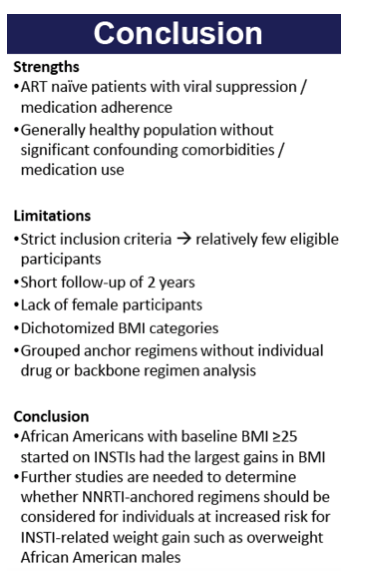
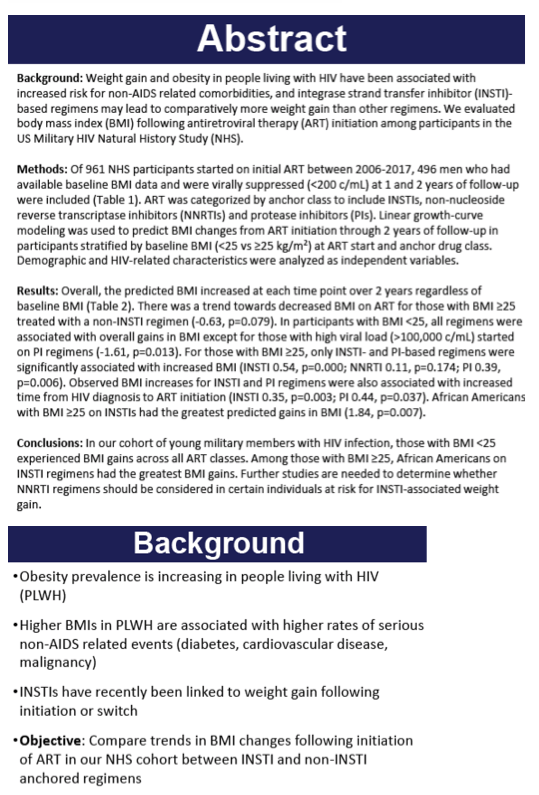
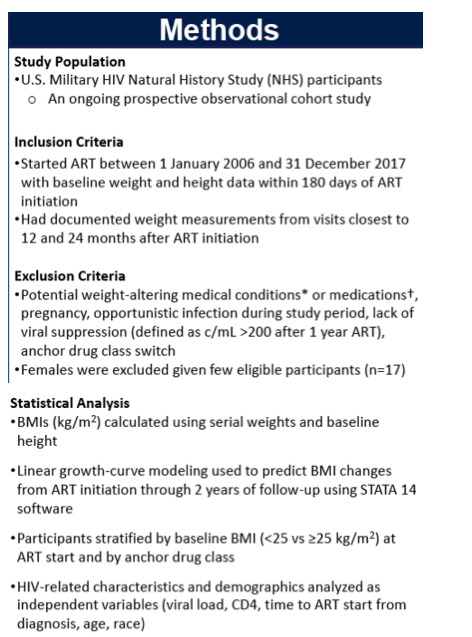

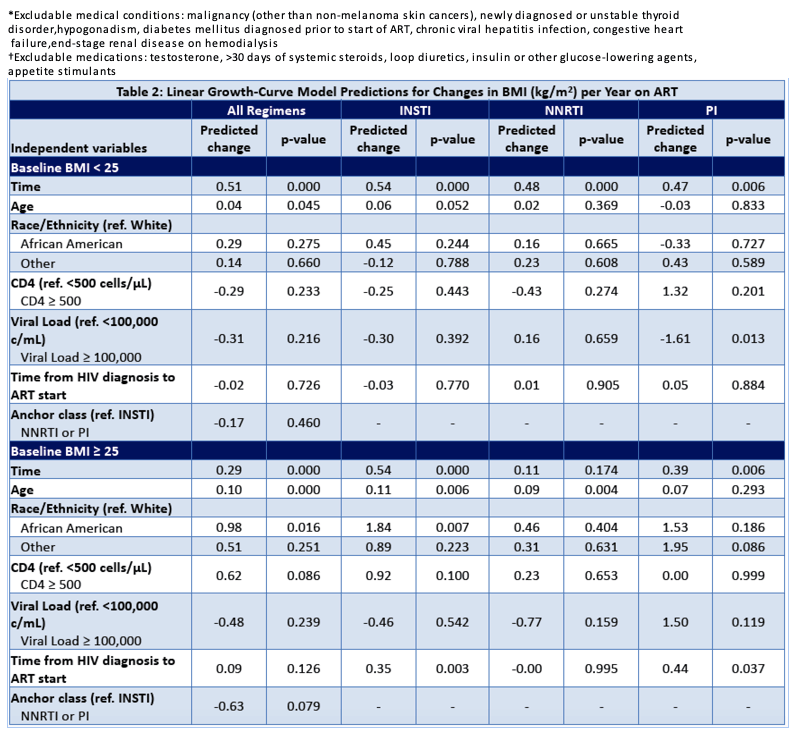
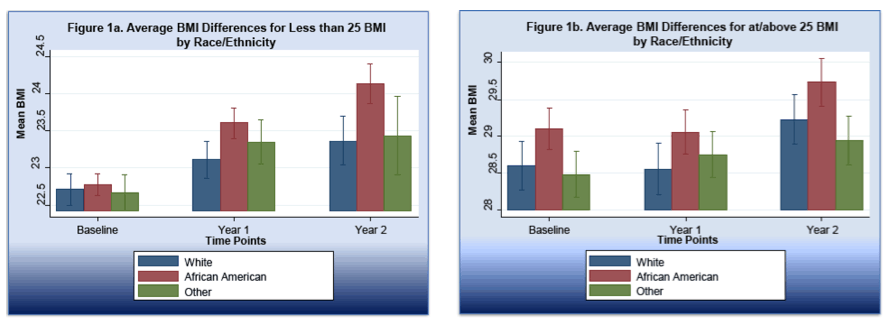
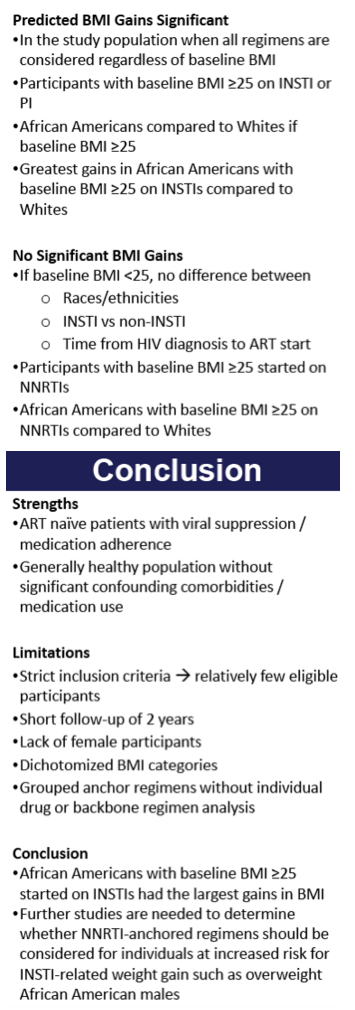

|
| |
|
 |
 |
|
|